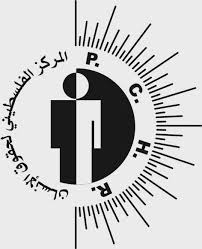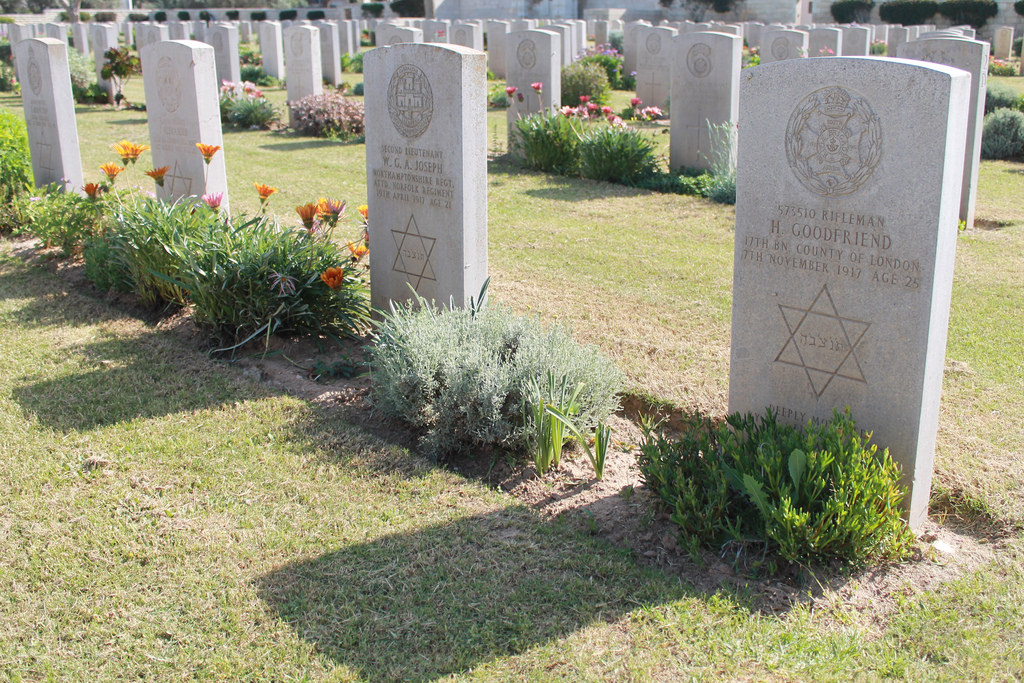Category: Gaza
-
The Palestine Trauma Centre – psychological support for Gaza
30th April 2014 | Paramedics in Gaza | Gaza, Occupied Palestine We connected with the Palestine Trauma Centre (PTC) before we had left the UK. Within a few days of contact with them they had resolved all of our complicated visa issues and have since proved to be the most wonderful hosts. In our first couple of…
-
Israeli forces target 2 armed group members wounding 13 Palestinian civilians, including 5 Children, in Beit Lahia in the northern Gaza Strip
25th April 2014 | Palestinian Center for Human Rights | Gaza, Occupied Palestine In an extra-judicial execution attempt, Israeli forces targeted 2 members of an armed group on a motorbike wounding them and another 13 Palestinian civilians, including 5 children, in a densely-populated area in the northern Gaza Strip. According to investigations conducted by the Palestinian Centre for…



